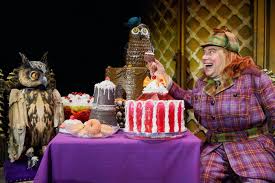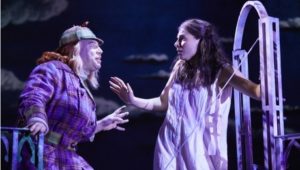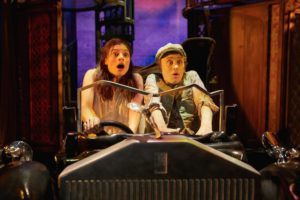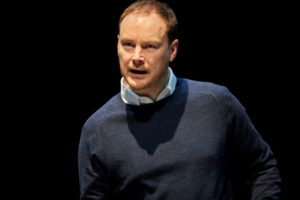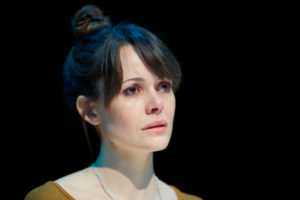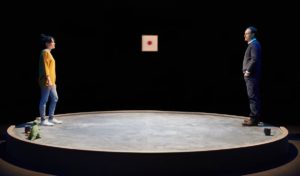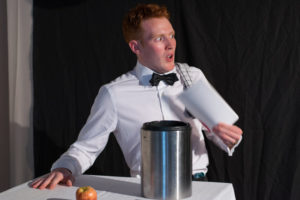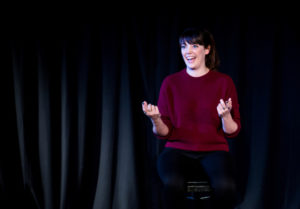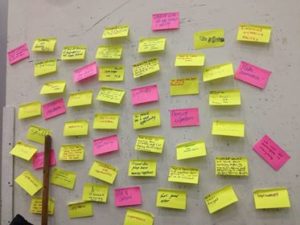There’s something about the musical as a concept, as an art form, as a melodic thrill ride through convoluted plot and high emotion, that hits me where I live. I have an infamously high tolerance for even the most tentative and trite examples of the form. In the case of Son of Preacher Man, however, my tolerance – and my patience – started to wear thin as the story grew more and more bizarre with every poorly-placed number.
Its first offence of many is that it is a jukebox musical, which are notoriously more miss than hit. This is because the very nature of the jukebox musical – think Mamma Mia! – requires the songs to be wrenched, kicking and screaming, into some semblance of a cohesive narrative. Unfortunately, cohesion is not this production’s strong suit. Neither is narrative. So how, you may ask, does a show get a Dusty Springfield jukebox musical so wrong?
Directed and choreographed by Strictly’s Craig Revel-Horwood, the show starts back in the swinging ‘60s. Apparently the place to be back then was a thriving record shop in Soho, London, run by a guy known only as the Preacher Man. The Preacher Man, as his name suggests, was a semi-spiritual figure, someone who could solve any problem as easily as recommending the perfect EP. Flash forward to the modern day, and we see three troubled people with personal or familial connections to the Preacher Man’s shop who travel to that mythic place for a sense of closure, and solutions to their problems. They strike up an unlikely inter-generational friendship, and subsequently meet the son of the Preacher Man (see what they did there?) who regretfully informs them that his father has passed away; in his absence, the record shop has been – gasp – converted into a chain coffee shop. With the Preacher Man gone, the three strangers turn to his son to solve their divergent dilemmas.
The show’s major failing is a deeply fundamental one: despite being sung well across the board, the songs don’t add anything to the narrative, and vice versa. The songs should be there to express the depth and nuance of our characters’ emotions, thoughts, and the story as a whole. But the narrative gives the songs no meaning; in fact, the music is often trivialised and hollowed out by their purposeless placement. A jukebox musical already has to work hard to retrospectively craft a believable narrative around a discography that shoehorns in as many hits per minute as possible. But Son of a Preacher Man’s clumsy inclusion of Dusty’s timeless classics is particularly obvious in its desire to shove in as many Springfield’s songs as possible, narrative relevance be damned – and the show suffers for it.
Take for example Alice Barlow’s Kat, one of our main trio, who holds the dubious honour of possessing the least interesting, and perhaps most unsympathetic, storyline of the lot. Kat falls madly in love with the picture of a random guy on the internet she’s never met and who, incidentally, swiped left on her profile. It’s safe to say, then, he’s just not that into her – but Kat feels she is one Dusty Springfield serenade away from eternally winning his heart. She dreams of seducing the Tinder Guy (other dating apps are available), which we learn through her well-sung rendition of ‘I Only Want to Be with You’, never mind the lyrics of the song require the singer to have actually met the objection of their affections. The song’s inclusion in the show is rendered meaningless, because it does not resonate with Kat’s situation, giving the show a roughshod, random quality. One of the few exceptions to the otherwise purposeless song placement is a moving rendition of ‘A House is not a Home’, through which the characters reminisce about the loss in their lives. It showcases the full force of the ensemble at its best; unfortunate, then, that most of the time, the nonsensical, strange and awkward plotting often diminished the power of the songs and the performances of them.
From the nonsensical to the uncomfortable: Michelle Gayle, the strongest singer of the ensemble, is saddled with the unfortunate task of portraying a widowed teacher who is passionately in love with one of her pupils. ‘He’s legal, I swear!’ Gayle’s Alison proclaims to the audience, as if that would make us feel less icky about a teacher/ student love affair (spoiler: it doesn’t). Though the relationship has progressed no further than a few longing glances from across a classroom (ew), it is so profoundly uncomfortable to watch unfold that I found myself cringing at every moment of this astoundingly misjudged storyline. It’s to Gayle’s credit that she manages to make the character realistic and sympathetic, but the problematic plot ultimately proves too much to overcome.
It all works out in the end, of course, because there’s a convenient – and age appropriate – love interest just waiting in the wings for lovesick Alison, a twist I guessed approximately ten minutes into the show. I mean, *someone* has to sing the titular song to the son of a Preacher Man, so by all rights it should be sung by Alison, his endgame love interest. It was RIGHT THERE. Only it’s not. The song is in fact led by Kat of all people, whose surprise inheritance restores the Preacher Man’s record shop back to its vintage glory. The fact that Kat sings a song about a sexual awakening to her sort of adopted father figure makes for yet another uncomfortable viewing experience, and I was even more glad when the rest of the ensemble joined in on the chorus.
Michael Howe’s Paul has the best storyline of the three leads by far, and it was wonderful to see an LGBTQ+ love story take centre stage in a mainstream musical such as this. During his youth, Paul fell in love with young man he met at the Preacher Man’s record shop. The relationship lasted a summer before they went their separate ways, and now Paul wants to rekindle the romance they started all those decades ago. In a hauntingly beautiful scene, Paul sings ‘I Close My Eyes and Count to Ten’ as his younger self and his past love dance together. And because I’ve got to get me doubles research in wherever I can, it was a lovely touch to have the older Paul mirror some of the movements of his younger self during the dance as he relives the memory.
Nigel Richards’ put-upon Preacher Man proxy is the most consistently entertaining of the bunch; as Simon, he channels Lee Evans as a harried, hapless everyman who bears the burden of being a ‘60s saint’s scion. Simon’s kooky coffee-shop staff are an odd mix of coffee baristas and metaphysical Muses, if you can believe it. for these ladies, Coyote Ugly isn’t just a movie: it’s a state of mind.
The rest of the ensemble perform with admirable stamina and style, though at times they exaggerate to near-parodic levels. Revel-Horwood’s choreography is enjoyable but rarely inventive – except for the aforementioned spectacular dance between Paul and his past love – and some sequences felt entirely inconsequential or arbitrary. The way in which Kat, aided by the Coyote Ugly baristas, stages her seduction of the Tinder Guy is awkward to the point of embarrassing – and, had the genders been reversed, probably would have resulted in a lawsuit.
The set, designed by Morgan Large, effectively evokes a pop-up book, the walls opening up to a surprisingly adaptable set that smoothly switches between the decades as needed. The live music was wonderful, and the intermittent appearance of musicians (who also doubled as cast members in the show) onstage with the other actors was a really lovely, inventive touch.
Son of a Preacher Man is a strange, shaky and not entirely successful show. Occasionally, it soars; but mostly, its ramshackle, roughshod approach to narrativizing Dusty’s discography reveals how deeply its flaws run. The enthusiastic ensemble alone makes it an enjoyable night out at the theatre, and sang with passion and aplomb, but the production’s problems proved to be insurmountable. Dusty’s damn-near indestructible songs are really put through the ringer in this wildly miscalculated and uncomfortably odd example of a jukebox musical that I wouldn’t care to put another quarter in.

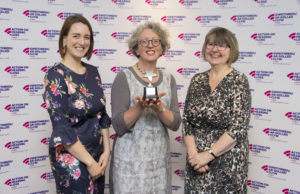
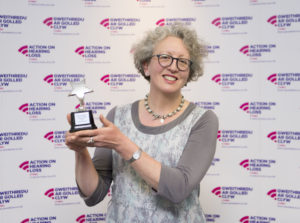
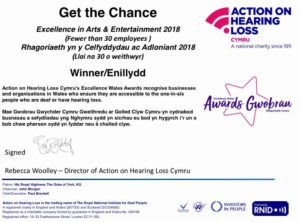


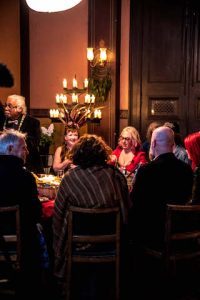

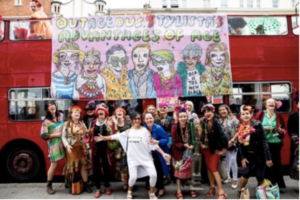
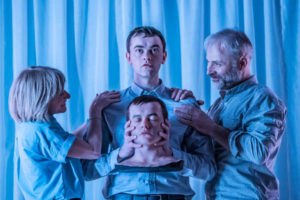
 (4 / 5)
(4 / 5)
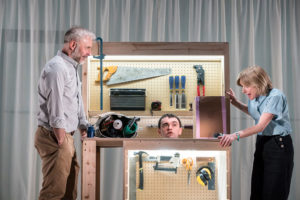
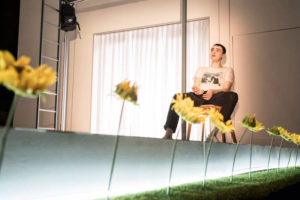
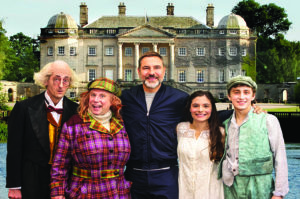
 (3 / 5)
(3 / 5)